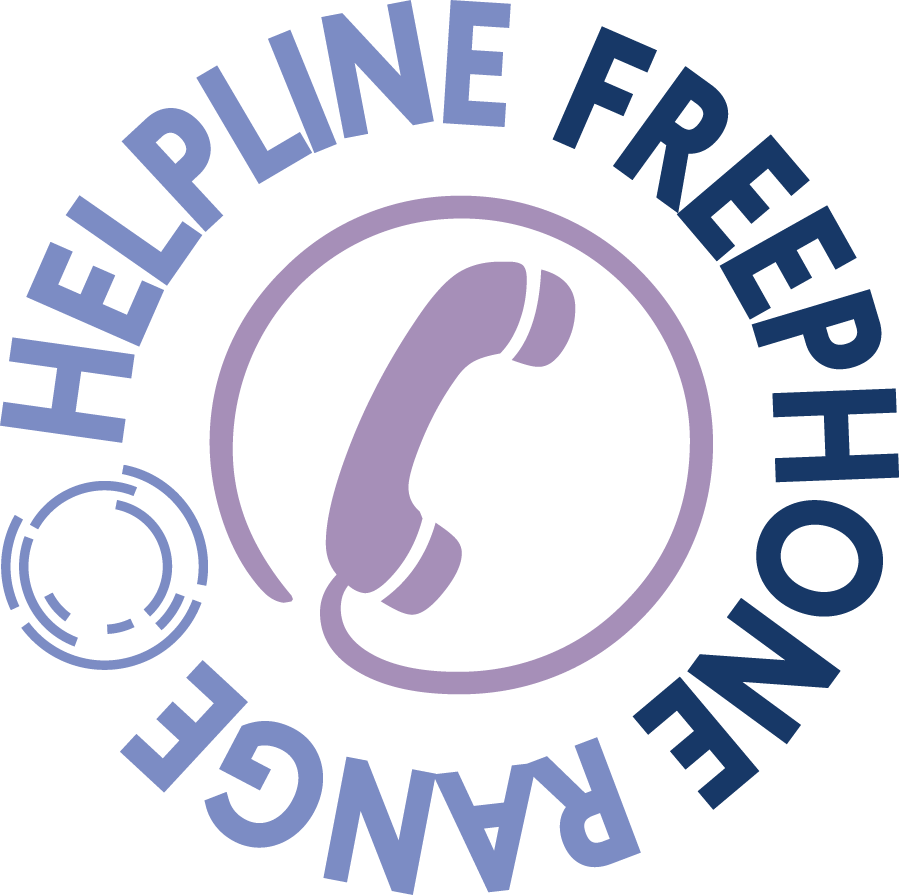The NCMD reports that children under 1 year of age were more at risk of dying from infection than any other age group. Over half (61%) of deaths where infection was thought to provide a complete and sufficient explanation of death, occurred in children under 1 year of age. Babies have immature immune systems and are particularly at risk from infection, and this report highlights the importance of preventing and identifying infections in babies.
With the aim of further reducing the number of unexpected infant deaths, this year, The Lullaby Trust launched a new area of work focussed on keeping babies safe from infection. We created a range of easy-to-access resources that highlight the importance of keeping babies safe from infection and provide practical advice on how to avoid spreading infections to babies. We also produced a simple animation that parents and carers can pass on to impending visitors, so they are well-informed on the steps to lower the risk of infection.
In the report, for those deaths where modifiable factors were identified, factors related to service provision were most frequently selected in Child Death Reviews. The most common contributory factor was initiation of treatment and identification of illness in the child. This includes instances where there was an issue with the diagnosis, treatment, or the availability of information. To address this, the NCMD recommends that bodies such as the NHS England Medical Directorate and the UK Government take action to increase in public awareness of potentially significant symptoms and signs of infection, particularly in infants.
It is vital that parents and carers seek help if they’re concerned their baby might be unwell. However, we appreciate that it can be difficult to tell when a baby has an infection as infections can cause lots of different signs and symptoms, and babies can’t say how they feel. As part of our infection prevention work, we have created guidance on spotting signs of infection and advice on what to do if you think your baby is showing symptoms, as well as key information to tell your health professional.
Read our advice on identifying and preventing infections in babies.

